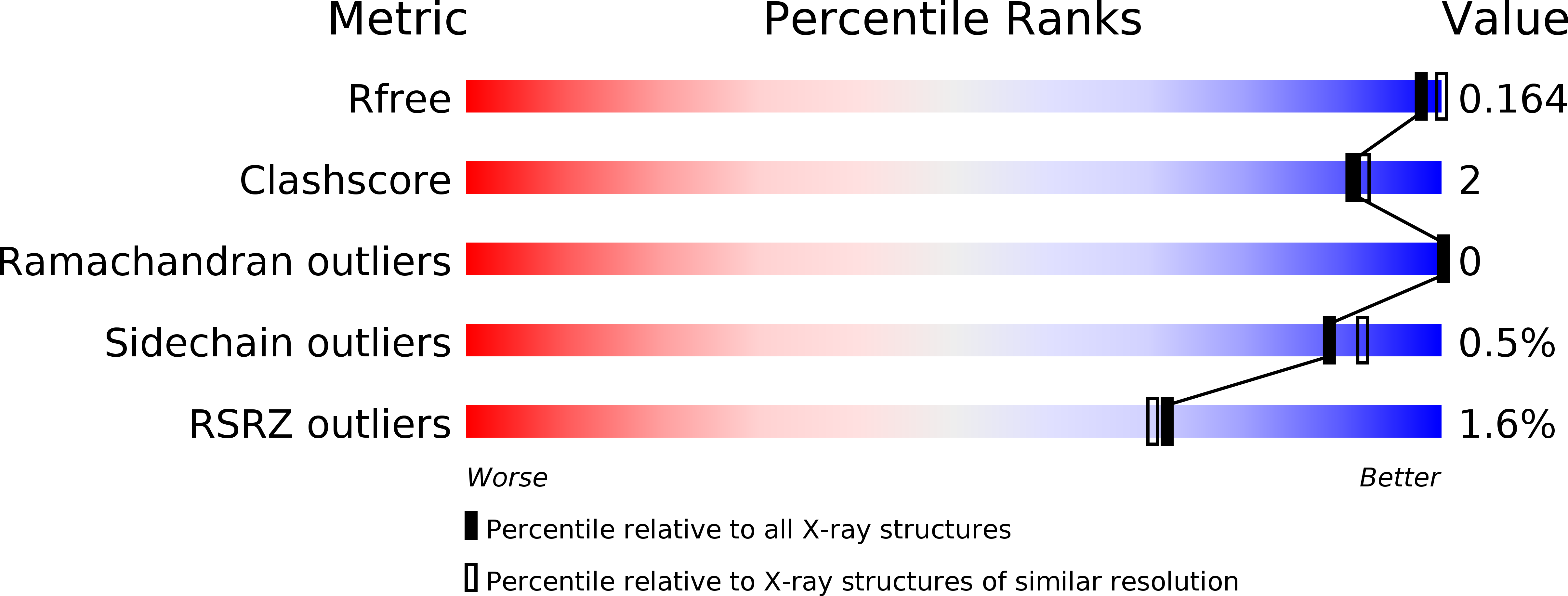
Deposition Date
2013-08-05
Release Date
2013-11-06
Last Version Date
2024-02-28
Entry Detail
PDB ID:
4M2U
Keywords:
Title:
Carbonic Anhydrase II in complex with Dorzolamide
Biological Source:
Source Organism:
Homo sapiens (Taxon ID: 9606)
Host Organism:
Method Details:
Experimental Method:
Resolution:
2.00 Å
R-Value Free:
0.16
R-Value Work:
0.12
R-Value Observed:
0.12
Space Group:
P 1 21 1


